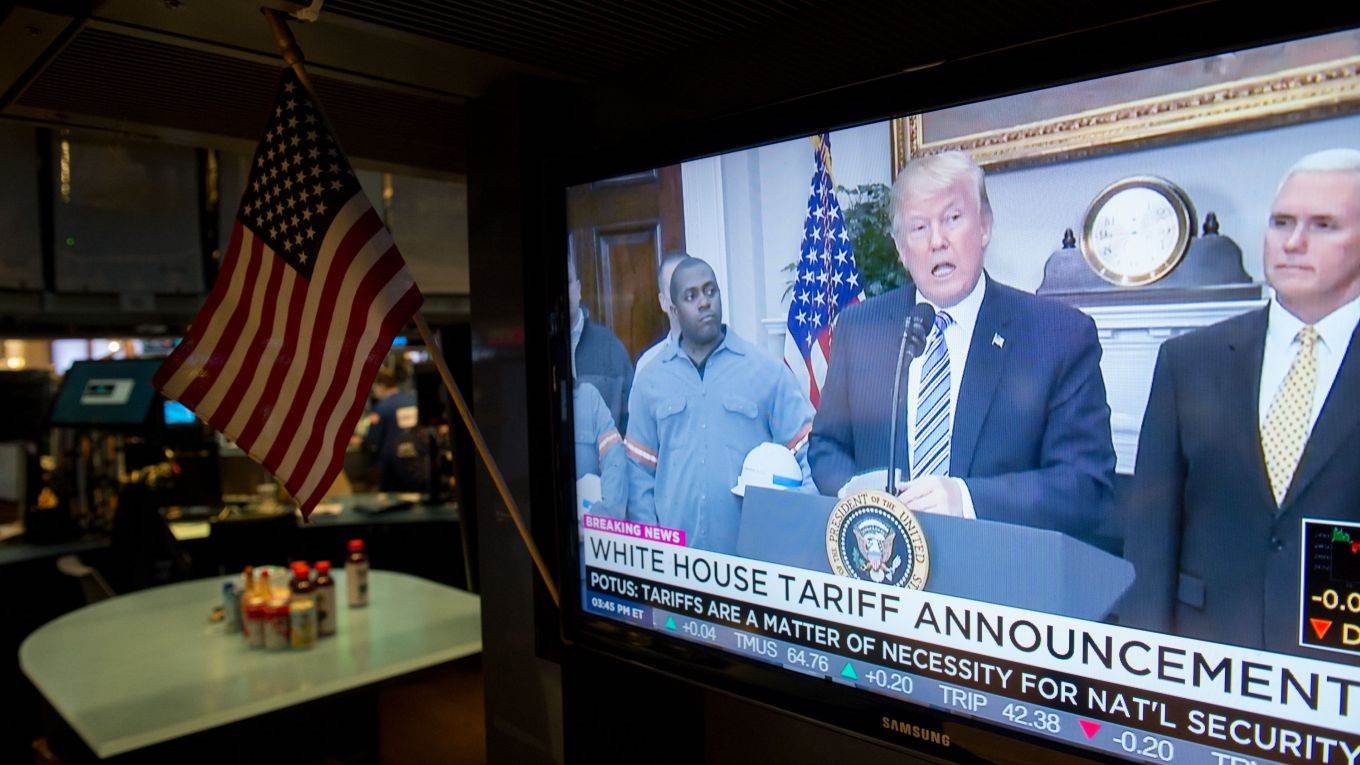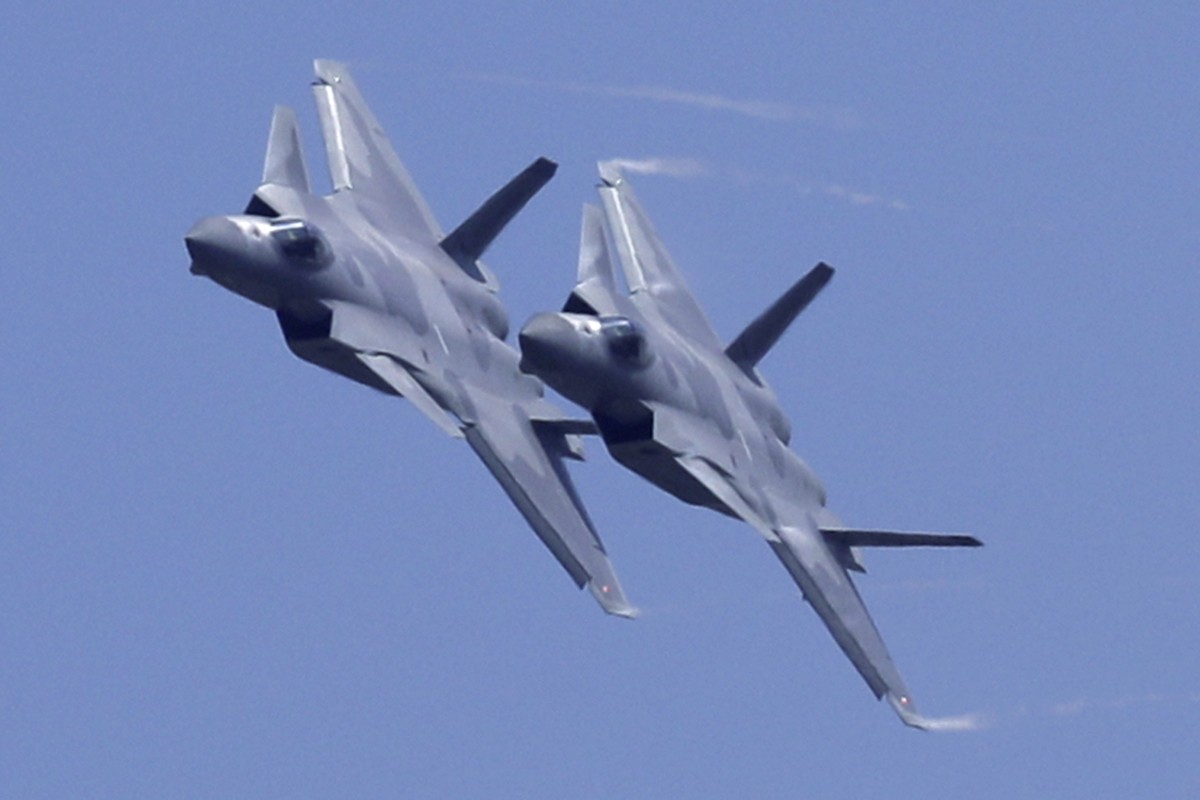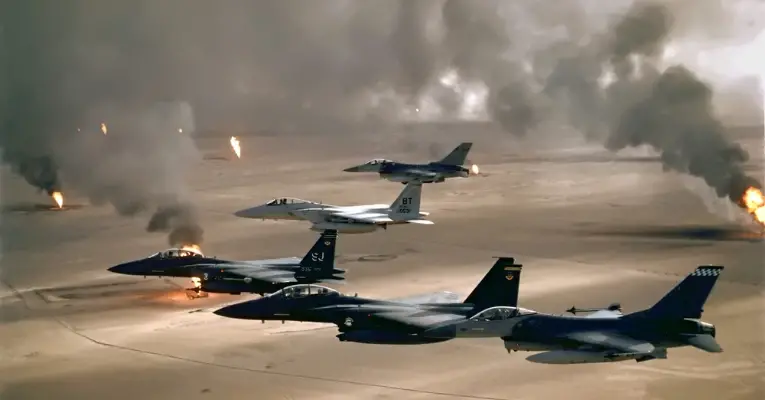Daniel L. Byman, Friday, March 15, 2019
The terrorist attacks on the Al Noor and Linwood mosques in New Zealand, which so far have killed 49 people and led to dozens more injuries, are only the latest in anti-Muslim right-wing violence that is plaguing many democracies around the world. The terrorist was apparently an Australian who traveled to New Zealand to send a message to Muslim migrants that no place is safe.
We should be careful about rushing to judgment on any of the particulars as some of our initial information is undoubtedly wrong, and so much is incomplete. However, here are some of my initial thoughts as we learn more about this horrific violence.
1 First, words have consequences. The demonization of Muslim communities, often by politicians who later act shocked and angry when violence occurs, contributes to societal polarization and inspires violence. Britain’s Boris Johnson offered the traditional “thoughts and prayers” after the attack, but had previously written that women dressed in a burqa look like “bank robbers.” Incredibly, after the shooting, right-wing Australia Senator Fraser Anning claimed,“The real cause of bloodshed on New Zealand streets today is the immigration program which allowed Muslim fanatics to migrate to New Zealand in the first place.” Terrorists feed on this polarization and seek to worsen it.
2 Second, security services and government institutions must prioritize white nationalist and other forms of right-wing terrorism. In the United States, right-wing violence has grown, with Jews and Muslims in particular being targets. The Trump administration has cut programs focusing on right-wing groups even amid a growing threat. Given the recent decline in jihadi violence in the United States, transferring some resources is appropriate. Similarly, ensuring immigrant integration is vital. In contrast to Europe, the American Muslim community regularly cooperates with law enforcement. Ideally, the president would press state and local officials to continue and expand their work with Muslim communities, not just to stop radicalism in their ranks but also to protect them from right-wing extremists.
3 Third, leadership can matter in a crisis, particularly when backed with action. Prime Minister Jacinda Ardern’s immediate declarationabout the Muslim victims—“they are us”—is an excellent beginning and shows how a leader can use a tragedy to bring a reeling country together. To go beyond rhetoric, Ardern should ask New Zealanders to accept more Muslim migrants to show that violence not only fails but will backfire.
















/arc-anglerfish-arc2-prod-mco.s3.amazonaws.com/public/GBTLGBBN6NHGBJUDVPCERRHH7A.jpg)

/arc-anglerfish-arc2-prod-mco.s3.amazonaws.com/public/GSFWIVUYV5C7BHXE2GREDCPS5M.jpg)
